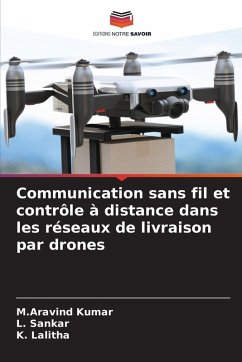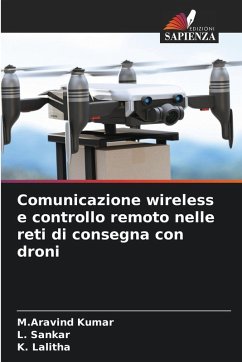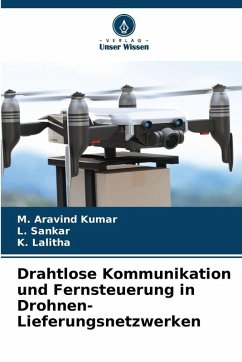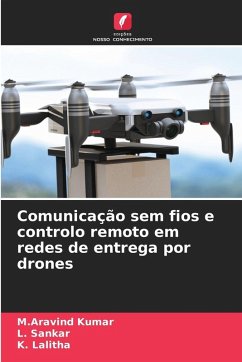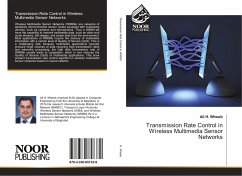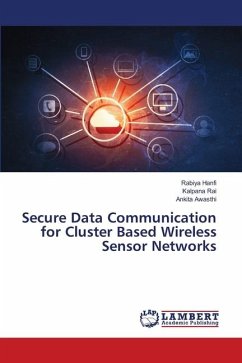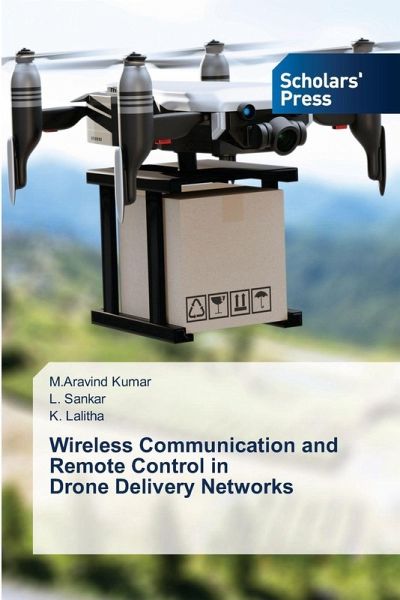
Wireless Communication and Remote Control in Drone Delivery Networks
Versandkostenfrei!
Versandfertig in 6-10 Tagen
34,99 €
inkl. MwSt.

PAYBACK Punkte
17 °P sammeln!
Delivery drones, also known as unmanned aerial vehicles (UAVs), are revolutionizing the logistics and transportation industry by providing fast, efficient, and contactless delivery solutions. These autonomous or semi-autonomous aerial systems are increasingly used for last-mile delivery of packages, food, medical supplies, and other goods. With the integration of GPS, real-time data transmission, and obstacle avoidance technologies, drones can navigate complex environments and deliver goods directly to customers' doorsteps, often in a fraction of the time required by traditional methods. One o...
Delivery drones, also known as unmanned aerial vehicles (UAVs), are revolutionizing the logistics and transportation industry by providing fast, efficient, and contactless delivery solutions. These autonomous or semi-autonomous aerial systems are increasingly used for last-mile delivery of packages, food, medical supplies, and other goods. With the integration of GPS, real-time data transmission, and obstacle avoidance technologies, drones can navigate complex environments and deliver goods directly to customers' doorsteps, often in a fraction of the time required by traditional methods. One of the key advantages of delivery drones is their ability to bypass ground traffic and reach remote or inaccessible areas, making them especially useful during emergencies or natural disasters. They also have the potential to reduce carbon emissions and overall transportation costs by minimizing reliance on fossil-fueled vehicles.



